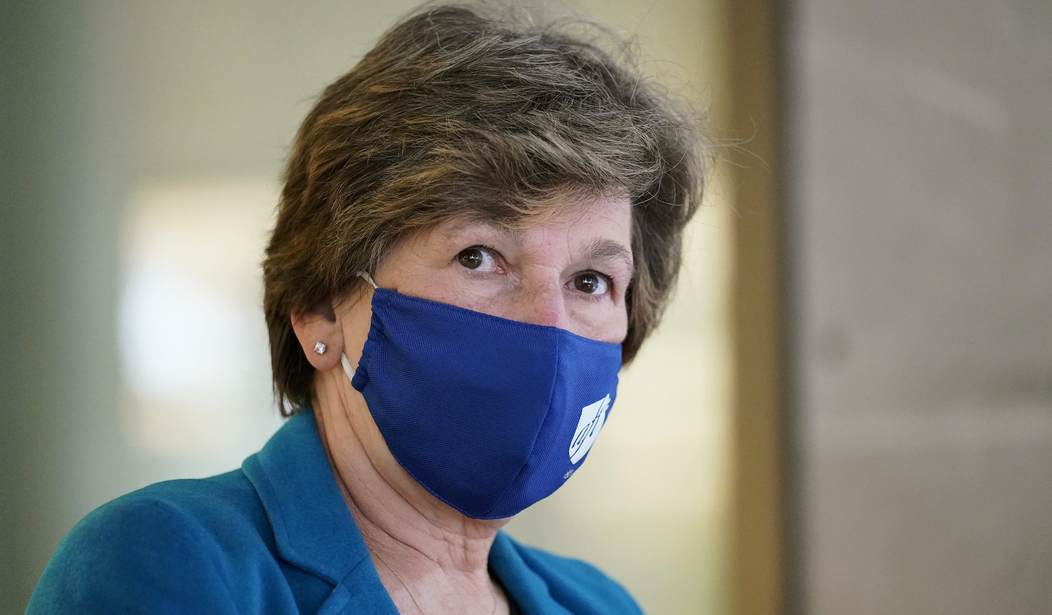It has been clear for at least a year now that pandemic learning loss was real and that it was significant for many children. Every few months we get a new set of scores which confirm what we already knew. The gold standard of these tests, the nationwide NAEP scores, were released last month and showed children had been set back to levels not seen in 20-30 years.
The federal standardized test, known as NAEP, was given last fall, and focused on basic skills. The 13-year-olds scored an average of 256 out of 500 in reading, and 271 out of 500 in math, down from average scores of 260 in reading and 280 in math three years ago.
Achievement declined across lines of race, class and geography. But in math, especially, vulnerable children — including Black, Native American and low-income students — experienced bigger drops. …
The last time math performance was this low for 13-year-olds was in 1990. In reading, 2004.
Today the NY Times has more bad news. Efforts to make up for all of these losses don’t seem to be working. In fact, there’s some evidence struggling kids are backsliding even further.
Despite billions of federal dollars spent to help make up for pandemic-related learning loss, progress in reading and math stalled over the past school year for elementary and middle-school students, according to a new national study released on Tuesday.
The hope was that, by now, students would be learning at an accelerated clip, but that did not happen over the last academic year, according to NWEA, a research organization that analyzed the results of its widely used student assessment tests taken this spring by about 3.5 million public school students in third through eighth grade.
In fact, students in most grades showed slower than average growth in math and reading, when compared with students before the pandemic. That means learning gaps created during the pandemic are not closing — if anything, the gaps may be widening.
“We are actually seeing evidence of backsliding,” said Karyn Lewis, a lead researcher on the study.
The article notes that on average students are 4.5 months behind in math and 4 months behind in reading. In 2021 Joe Biden’s $1.9 trillion stimulus package included $122 billion to help schools deal with costs connected to the pandemic. Twenty percent of the money, about $24 billion, was designated for dealing with pandemic learning loss. But the reality has been that districts were left to decide how best to spend the money and critics suggest having it go 4:1 to salaries, bonuses and building upgrades over pandemic learning loss was a mistake:
Some education experts who have closely monitored the relief money said the federal guidelines should have been more focused on addressing learning loss, and were skeptical that many districts’ recovery plans were robust enough…
Robin Lake, the director of the Center on Reinventing Public Education, said the impact of the funding has been a “bit of a black box,” and she expected to see different recovery rates across districts. Ms. Lake said giving across-the-board bonuses, completing maintenance projects and plugging holes in budgets were less effective interventions.
“In some districts, I think we’re going to see that the money was well spent,” Ms. Lake said. “And in many — maybe most — it won’t have been spent as well as it should have been, in terms of addressing the urgent need right in front of us.”
The most effective means of making up lost time is tutoring. But not even half of public schools have offered this. Even fewer have offered the specific type of intensive tutoring which is needed in this case.
A federal survey conducted in December found that most public schools offered some form of tutoring, but only 37 percent provided students more intensive “high dosage” tutoring, which is typically done in smaller groups, takes place for at least 30 minutes and includes at least three sessions a week. Out of all public schools, just 10 percent of students participated in that type of tutoring.
From the start of this disaster, progressive school boards and teachers unions have been arguing that there was no such thing as pandemic learning loss. Kids were just learning other important lessons, they said.
Jesse Hagopian, a Seattle high school teacher and writer, said testing to measure the impact of the pandemic misses what students have learned outside of physical classrooms during a year of overlapping crises in health, politics and police violence.
“They are learning about how our society works, how racism is used to divide,” he said. “They are learning about the failure of government to respond to the pandemic.”
Another example:
“It is especially kids of color who are presumed to be harmed by being at home,” said Dr. Ishimaru, who said her conversations with families of color suggested that some children preferred learning remotely, because they did not have to deal with micro and macroaggressions and other challenges they encounter in school.
She argued that many children learned plenty in the past year and a half — about loss and grief, about racism and resistance, about cooking and family traditions at home. “What if we were to focus on the learning found, and then we rebuild our education systems from that learning?” she said.
This attitude was quite common on the left in 2021. San Francisco school board president Gabriela Lopez said, “They’re just having different learning experiences than the ones we currently measure, and the loss is a comparison to a time when we were in a different space.”
The President of the LA Teacher’s Union outright said, “There is no such thing as learning loss.” She continued, “It’s OK that our babies may not have learned all their times tables. They learned resilience. They learned survival. They learned critical-thinking skills. They know the difference between a riot and a protest. They know the words insurrection and coup.”
And don’t forget all of the unions who said efforts to reopen schools were akin to racism. This tactic was also very common in 2020 and 2021.
remember when? @CTULocal1 pic.twitter.com/YMDXTuSQQK
— Caroline Downey (@carolinedowney_) May 5, 2022
A cynic might take a step back from this entire spectacle and say that unions and their progressive allies caused harm to millions of American children, denied there was a problem and then dragged out a return to classrooms as long as possible (contrary to the science they claim to love). Finally when they ran out of excuses they were rewarded by Democrats with billions in funding which mostly, by a ratio of 4:1, went into their own pockets or workplaces. What has not happened yet, as of July 2023, is an effective focus on making up for all of that lost learning. Instead of progress on that front, our $122 billion in taxpayer money has bought us haphazard efforts resulting in stagnant or backsliding test scores. In short, we might as well have poured the money down a hole and set the hole on fire for all the good it has done America’s children.
The teachers unions’ record of failure over the last three years is so dramatically awful that you’d have to assume someone somewhere has lost a job over it. But apart from the recall of three school board members in San Francisco, I’m not sure many have. Union leader Randi Weingarten went on a media rehab tour earlier this year claiming, contrary to evidence, that she always just wanted to reopen schools. She is of course a liar, not that anyone on the left seems to care. There are no consequences for the left’s big money donors.
SUPERCUT!
Don't let @rweingarten rewrite history. Here's proof she orchestrated the developmental destruction of a generation of kids. pic.twitter.com/vFChQsZ7vj
— Tom Elliott (@tomselliott) May 2, 2023








Join the conversation as a VIP Member